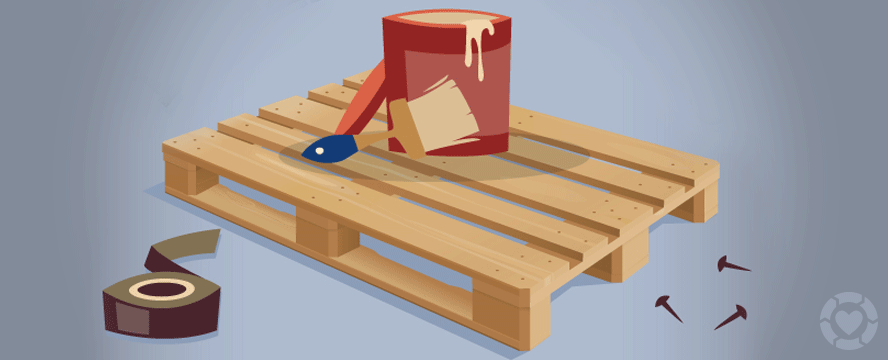Delve Into The Interesting Odyssey Of Reconditioning Historic Cabinets, Uncovering Concealed Narratives And Decoding The Secrets Of Previous Generations
Delve Into The Interesting Odyssey Of Reconditioning Historic Cabinets, Uncovering Concealed Narratives And Decoding The Secrets Of Previous Generations
Blog Article
Material Author-Cunningham Stefansen
To begin the trip of recovering antique cupboards, you need a keen eye for detail. Think of uncovering covert secrets within each layer of history ingrained in the timber. Picture the fulfillment of revitalizing a once-forgotten item to its former magnificence. Every action of this thorough process holds the vital to preserving the past while developing a future heirloom. So, are you all set to embark on this transformative undertaking and unlock the capacity of your antique cupboards?
Examining the Cabinet's Condition
When starting the remediation procedure, begin by evaluating the problem of the antique closet. Carefully take a look at the general structure for any signs of damage such as cracks, chips, or loosened joints. Examine the timber for any rot, warping, or insect invasion that might have happened gradually. It's crucial to determine the degree of the repair required before proceeding better.
Next, inspect the closet's hardware such as joints, handles, and locks. Make note of any missing pieces or components that need repair service or substitute. Make certain that all hardware is working properly and securely connected to the cabinet.
Additionally, assess the cupboard's surface. Look for any scratches, spots, or discoloration that might affect the aesthetic appeal. Determine if the finish needs to be removed and reapplied or if a simple touch-up will certainly be enough.
Collecting the Essential Devices and Materials
After assessing the condition of the antique closet, the following step is to collect the necessary tools and products for the reconstruction procedure. Prior to you begin, ensure you have the adhering to items handy:
- wood cleaner
- sandpaper in various grits
- wood filler
- paint or timber stain
- brushes
- gloves
- security goggles
- a dust mask
- a drop cloth
- a putty blade
- a hammer
- a screwdriver
- a hoover
These devices and materials are essential for a successful reconstruction.
Timber cleaner is critical for removing years of dirt and crud build-up, preparing the surface area for sanding. Sandpaper of different grits assists in smoothing out flaws and preparing the wood for a brand-new surface. Timber filler comes in handy for repairing any fractures, holes, or dents present in the cupboard.
Paint or timber tarnish, along with brushes, enable you to customize the cupboard to your preference. Remember to wear gloves, security goggles, and a dust mask for security. Set a ground cloth to safeguard your workspace, and make use of a hoover to clean up any kind of debris.
With these tools and materials collected, you prepare to begin the remediation procedure.
Implementing the Repair Refine
To effectively perform the repair procedure on your antique cupboard, begin by thoroughly cleansing the surface area with the wood cleaner. This action is important as it aids get rid of years of dirt, grime, and old gloss that might have built up externally.
When https://www.aarp.org/home-family/your-home/info-2021/diy-home-improvement-ideas.html is clean and completely dry, assess the problem of the wood. Try to find living room cabinets of splits, scrapes, or various other damages that need to be dealt with. Use timber filler to fix any kind of flaws, making sure to match the filler color to the wood tone for a seamless coating.
After the repairs have dried, carefully sand the entire surface area to develop a smooth and even base for the new coating. Take care not to sand too aggressively, as you don't want to damage the wood beneath.
Once the sanding is complete, use a wood stain or finish of your option, adhering to the maker's instructions. Permit the finish to completely dry entirely prior to applying a safety leading layer to guarantee the durability of your recovered antique cupboard.
Conclusion
Since you have completed the repair process, your antique cabinet looks as good as brand-new.
By following the step-by-step overview, you were able to evaluate, repair, and improve its condition effortlessly.
With a fresh surface and protective leading layer, your valued piece will certainly remain to radiate for years ahead.
Take pleasure in the beauty of your brought back antique cupboard!
